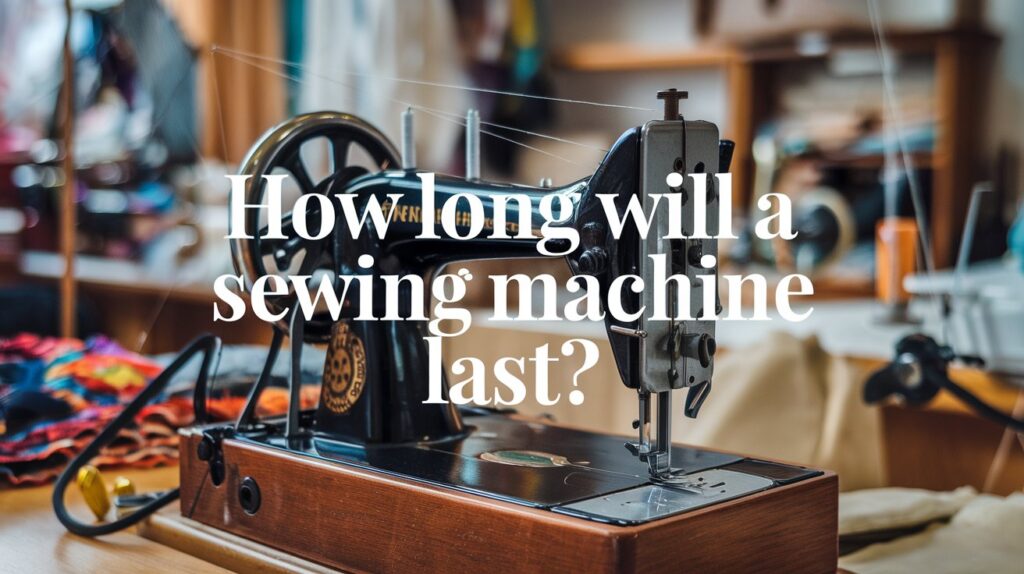
Introduction
At The beginning the Topics is How long will a sewing machine last? – Best Sewing Machine Shop 2024 When you invest in a sewing machine, you’re not just buying a tool; you’re investing in a companion for countless creative projects. But how long will that companion last? Understanding the factors that contribute to the longevity of a sewing machine is essential for anyone who wants to get the most out of their investment. In this article, we’ll explore the various aspects that determine how long a sewing machine will last and provide tips on how you can extend its lifespan. Whether you’re a beginner or an experienced sewer, knowing what to expect from your machine can help you make informed decisions. At the How long will a sewing machine last? – Best Sewing Machine Shop 2024, we’re here to guide you every step of the way.
Understanding Sewing Machine Longevity
What Determines a Sewing Machine’s Lifespan?
The lifespan of a sewing machine is influenced by several key factors:
Build Quality: The materials and craftsmanship used in the construction of a sewing machine play a significant role in its durability. Machines with metal components, for example, tend to last longer than those made with plastic parts.
Frequency of Use: Like any tool, a sewing machine will wear down faster if used frequently. However, with proper care, even a heavily used machine can last for many years.
Maintenance Practices: Regular maintenance, including cleaning, lubrication, and professional servicing, is crucial to extending the life of your sewing machine.
Average Lifespan of Different Types of Sewing Machines
Different types of sewing machines have varying lifespans based on their construction and usage:
Mechanical Sewing Machines: Known for their simplicity and durability, mechanical machines can last 20-30 years or more with proper care.
Electronic Sewing Machines: These machines, which offer more features and automation, typically last around 10-20 years, depending on usage and maintenance.
Computerized Sewing Machines: While offering advanced features, computerized machines may have a shorter lifespan, generally 10-15 years, due to their complex electronic components.
Factors That Affect the Lifespan of a How long will a sewing machine last? – Sewing Machine Shop 2024:
Quality of Materials and Construction
The longevity of a sewing machine largely depends on the materials used in its construction:
Metal vs. Plastic Parts: Machines with metal parts are generally more durable and can withstand heavy use. Plastic parts, while lighter and cheaper, may wear out more quickly.
Frequency and Intensity of Use
How often and how intensely you use your sewing machine also impacts its lifespan. Machines used for heavy-duty projects or in professional settings may experience more wear and tear than those used occasionally for simple projects.
Proper Care and Maintenance
Regular care and maintenance are crucial for extending your sewing machine’s life:
Regular Cleaning: Dust and lint can accumulate in the machine’s interior, causing it to run less smoothly. Regular cleaning helps prevent this build-up.
Timely Lubrication: Oiling the machine’s moving parts reduces friction and prevents wear. Always use the manufacturer’s recommended oil.
Professional Servicing: Even with regular maintenance, it’s important to have your sewing machine professionally serviced every 1-2 years to catch any issues before they become serious problems.
How to Extend the Life of Your Sewing Machine
Regular Maintenance Tips
To keep your sewing machine running smoothly for years, follow these maintenance tips:
- Clean the machine after every few projects.
- Replace needles regularly to prevent damage to the machine and fabric.
- Store the machine in a dust-free environment.
Choosing the Right Sewing Projects
Choosing projects that match your machine’s capabilities can prevent unnecessary strain on its components. Avoid using a standard sewing machine for heavy fabrics like leather or denim unless it’s designed for such materials.
Proper Storage Practices
Store your sewing machine in a cool, dry place to prevent rust and other damage. Cover it when not in use to protect it from dust and debris.
Signs That Your Sewing Machine Needs Replacement
Even with the best care, there will come a time when your sewing machine may need to be replaced. Here are some signs to watch for:
Decline in Performance
If your machine starts to struggle with tasks it previously handled with ease, it may be nearing the end of its life.
Excessive Noise or Vibration
Unusual noises or excessive vibration can indicate internal wear that might not be worth repairing.
Frequent Repairs and Part Replacements
If you find yourself frequently repairing your machine or replacing parts, it may be more cost-effective to invest in a new one.
When to Consider Upgrading Your Sewing Machine
As technology advances and your sewing needs evolve, upgrading your sewing machine might become necessary:
Technological Advancements
Modern sewing machines offer features like automatic thread cutting, programmable stitches, and USB connectivity, which can significantly enhance your sewing experience.
Changing Sewing Needs
If you’ve progressed from simple repairs to complex projects like quilting or embroidery, a more advanced machine might be required to meet your new needs.
Cost vs. Benefit Analysis
Consider whether the cost of repairing an old machine outweighs the benefits of buying a new one. Sometimes, investing in a newer model is more practical.
The Role of Brand and Model in Sewing Machine Longevity
The brand and model of your sewing machine can also impact its lifespan:
Trusted Brands Known for Durability
Brands like Singer, Brother, and Janome are known for producing durable sewing machines that can last for decades with proper care.
Comparing Longevity Across Different Models
Even within the same brand, some models are built to last longer than others. Research and reviews can help you identify which models have the best longevity.
Common Myths About Sewing Machine Lifespan
There are several myths about sewing machine longevity that you should be aware of:
“Older Machines Last Longer”
While older machines were often built with more metal parts, they may lack the features and precision of modern machines. Longevity depends more on care and maintenance than age.
“More Expensive Machines Are Always Better”
Price isn’t always an indicator of durability. Some high-end machines are packed with features but may have more components that can wear out.
The Environmental Impact of Sewing Machine Longevity
Extending the life of your sewing machine isn’t just good for your wallet; it’s also beneficial for the environment:
Reducing Waste Through Long-Term Use
By maintaining and using your sewing machine for as long as possible, you reduce waste and the demand for new machines, which helps conserve resources.
Sustainable Practices for Sewing Machine Owners
Consider donating or recycling your machine if it’s still functional but no longer meets your needs. This helps reduce environmental impact and supports a circular economy.
Conclusion
As You Can see How long will a sewing machine last? – Best Sewing Machine Shop 2024 can last anywhere from 10 to 30 years, depending on various factors like build quality, frequency of use, and maintenance practices. By understanding what affects the lifespan of your sewing machine and how to properly care for it, you can ensure that your machine remains a reliable tool for many years

